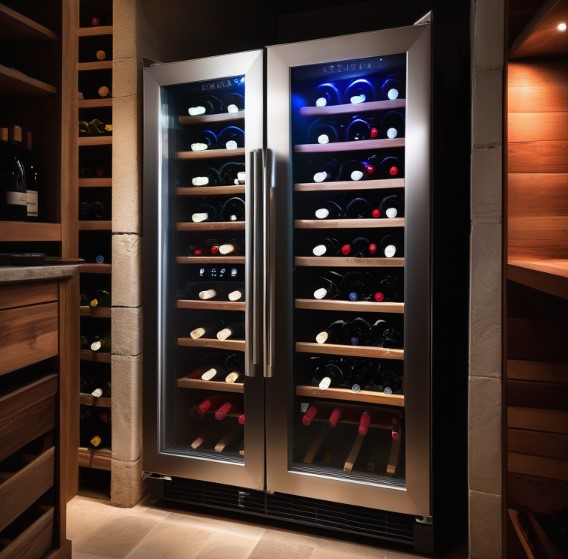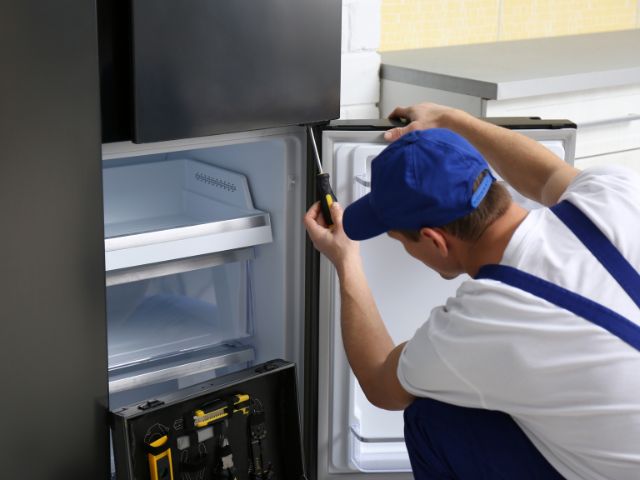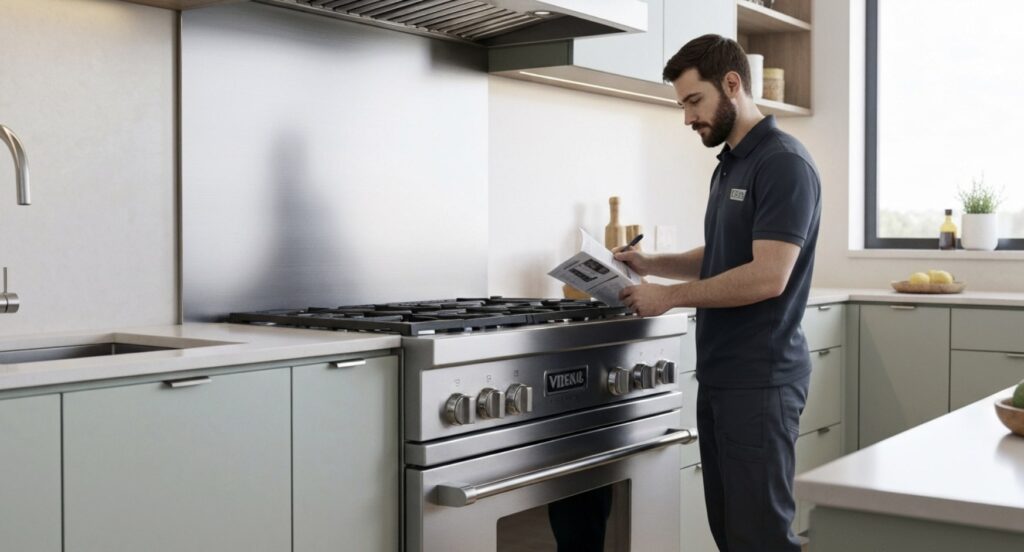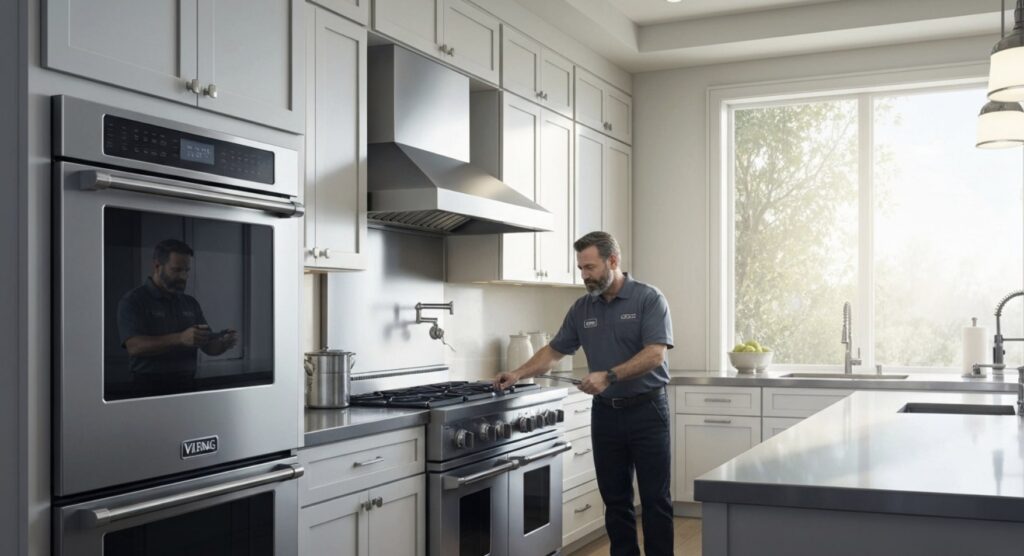Wine lovers know that storing wine the right way is important to keep its taste and quality. A wine cooler provides a safe place that helps guard wine against changes in temperature and exposure to light. This article looks at how long can you store wine in a wine cooler, what affects this time, and key tips to help make your wine collection last longer.
Understanding Wine Storage Basics
Wine is a special drink that needs a stable and controlled space. Unlike regular refrigerators, wine coolers are made just for keeping wine at the right temperature range. This helps protect it from extreme cold or heat that might affect its quality.
Also, things like humidity, light, and even movement can change how wine ages. Knowing these basics is important to get the best experience from your wine storage.
The Importance of Proper Wine Storage
Proper wine storage is vital for freshness. It enhances flavor and aroma. A wine cellar or cooler protects wine from harmful conditions. Improper storage can lead to weak flavors, dull aromas, and a disappointing experience when tasting. Investing in good wine storage means investing in future enjoyment. A suitable cellar or cooler allows wines to age well and develop exceptional qualities.
Types of Wine Coolers Available
Navigating wine coolers may seem hard due to many choices available. There are a few main types:
- Freestanding ones resemble mini-fridges and vary in size.
- Built-in coolers are made to fit into kitchen cabinets, enhancing storage aesthetics.
- Countertop wine coolers are compact and mobile, suitable for smaller collections or quick access.
- Dual-zone coolers allow separate temperature control for different types of wine.
Choosing a wine cooler depends on collection size, available space, and budget. By considering your requirements, you can select the ideal cooler for your wine storage.
Preparing Your Wine for Long-Term Storage
Before you start storing wine for a long time, make sure your bottles are ready for the cooler. Wine labels look nice, but they can easily get damaged if they are in moisture for too long. Think about using protective sleeves or coolers with UV-resistant doors to help prevent damage to the labels. This simple action will keep your collection looking good and your wines safe.
Selecting the Right Wine Cooler
Choosing the right wine cooler requires consideration of key factors like the size of your collection, available space, and temperature control. Decide between freestanding, built-in, or countertop models based on your needs. Opt for single-zone coolers for consistent temperature or dual-zone coolers for varied wine storage. Consider noise levels, energy efficiency, humidity control, and security features when making your choice. A good wine cooler is a valuable investment to enhance your collection over time. Take your time to evaluate your options carefully.
Essential Equipment and Resources Needed
Having the right tools and resources can really improve your wine storage experience. Besides a good wine cooler, a few important items can be very helpful.
Here’s a list to consider:
- Wine Thermometer: Check the temperature of your cooler regularly.
- Humidity Gauge: Keep an eye on humidity levels. This is especially important in dry areas.
- Wine Preserver: Use it to keep opened bottles fresh for longer.
- Wine Preservation System: Think about a more advanced system if you often open bottles.
- Wine Storage Software: If you collect wine, this software can help you list and manage your collection.
These extras may not be necessary for everyone, but they can really help keep the quality and life of your wines longer.
Step-by-step Guide to Storing Wine
Storing wine for a long time may feel hard, but it can be fun with the right plan. This simple guide will help you through each stage, making sure your wines stay safe and sound. Each step is important. It helps create a good place for storage. This way, your collection stays away from problems and your wines can age nicely.
Step 1: Assessing Your Wine Collection’s Needs
To store wine properly, understand your collection’s needs. Consider the types you collect—bold reds like Cabernet Sauvignon prefer warmer temperatures, while crisp whites like Sauvignon Blanc do better in cooler conditions. Knowing this helps you find the right temperature range for your wine cooler. Also, factor in how long you plan to store the wine; aging wines require stricter environmental control. This initial assessment will guide your storage planning and maintain your collection well.
Step 2: Setting the Ideal Temperature and Humidity
Once you sort your wine, set the cooler to 50-55 degrees Fahrenheit. Adjust within this range for aging. Most fridges have precise controls. Aim for 60-70% humidity long-term to preserve wine quality. High humidity may cause mold, harming labels and wine. Use a hygrometer to monitor and adjust humidity levels.
Step 3: Organizing Wine Bottles for Optimal Aging
Organizing your wine collection in the cooler is crucial for safety and aging. Storing bottles on their sides keeps corks moist for long-term storage. For shorter-term or wines with different closures, upright storage is acceptable. Minimize vibrations to prevent disturbing sediment in older wines. Opt for a cooler with low vibration features or place it in a stable location. Secure bottles with tight-fitting racks for easy access and protection of your collection.
Monitoring and Maintaining Your Wine Cooler
A wine cooler needs your attention; you can’t just set it and leave it. You should check it often to keep it running well. Just like other machines, cleaning it now and then is important to keep the area clean.
Routine Checks to Ensure Optimal Conditions
Having a regular check-up routine is very important for your wine cooler. This helps keep the right environment for your valuable wine collection. Even small temperature changes can hurt the aging of wine.
Get a good wine thermometer to check the inside temperature of your cooler now and then. Also, look closely at your cooler for any signs of damage or wear. Be alert for unusual sounds, vibrations, or temperature changes, as these may mean something is wrong.
If you fix issues quickly and stay aware, you can help protect your collection from spoilage and make sure your wines age well.
When to Adjust Temperature and Humidity Settings
While keeping things the same is important in wine storage, knowing when to change the temperature and humidity is also key. Seasonal changes often require small tweaks to match outside temperature and humidity. If you see a big jump or drop in the surrounding temperature, think about changing your wine fridge settings.
Also, keep an eye on the humidity, especially in dry winter months. If you live in a very humid or dry area, you might want to buy a wine cooler that has good humidity control features.
By watching and adjusting the settings when needed, you can set up a great environment in your wine cooler. This way, your wines will stay at their best quality.
Troubleshooting Common Wine Storage Issues
Wine storage can sometimes be tricky, even with good equipment. Knowing how to fix common problems helps you deal with them quickly and well. This approach stops possible damage to your collection.
It’s important to stay ahead of issues and take care of maintenance. This helps keep your wines in top shape so you can always enjoy them at their best.
Dealing with Fluctuations in Temperature and Humidity
Temperature and humidity changes are common problems for wine storage. These can happen for several reasons. Sometimes it can be due to the cooler’s bad location, not enough airflow, or a broken appliance.
If you notice big changes in temperature, first check if the cooler is too close to heat, or if it gets sunlight. Make sure the cooler has enough airflow, especially at the back, to avoid it getting too hot.
Also, check if the door seals are good and keep cold air inside. If humidity changes happen, think about using a humidifier or dehumidifier if the humidity levels are not right.
If these steps do not solve the issue, the problem could be with the cooler’s thermostat or the humidity control system. In that case, contact a skilled technician to fix the problem quickly.
How to Recognize Signs of Spoilage in Wine
Recognizing signs of spoiled wine can be disheartening, but it’s essential to identify and discard affected bottles to prevent them from jeopardizing the rest of your collection.
Visual cues like a bulging cork or seepage can indicate improper storage conditions or spoilage. Upon opening a bottle, check for any off-putting aromas.
Here’s a table showing the common signs of spoilage:
|
Wine Type |
Spoilage Indicator |
Description |
|
Red Wine |
Brownish hue |
Indicates oxidation, often resulting in a dull and vinegar-like taste. |
|
White Wine |
Murky or cloudy appearance |
Can be a sign of overheating or bacterial growth, often accompanied by a sour odor. |
|
All Wines |
Musty or cardboard-like aroma |
Suggests cork taint, a fungal contamination that imparts undesirable flavors. |
If a wine exhibits any of these characteristics, it’s best to err on the side of caution and discard it.
Conclusion
Knowing how long can you store wine in a wine cooler is important for keeping the quality and taste of your collection. To do this well, you need to know a few basics, choose the right cooler, and keep the best conditions. Always check your wine’s needs, set the right temperature and humidity, and organize it for aging. Doing regular checks and fixing common problems will protect your investment. For more details on how to choose the best wine cooler size, check our complete guide: How to Choose the Right Size Wine Cooler for Your Collection. Enjoy your wine at its best with good care and storage!
Frequently Asked Questions
How long can you store unopened red and white wine in a cooler?
Unopened red and white wines can be kept in a cooler for many years. Cooler temperatures help slow down the aging process. This lets the wines age well over time. However, how long you can store them depends on the type of wine.
Can the type of wine cooler affect how long wine lasts?
Yes, the features of a wine cooler can affect how long wine lasts. Coolers that have exact temperature and humidity controls make a better place for storage. This can help wine last longer than simpler models.
What is the best temperature to store various types of wine?
Most wines do best when stored at about 55°F (13°C). However, lighter white wines usually like it a bit cooler. On the other hand, bolder red wines can handle slightly warmer temperatures.
Is it necessary to rotate wines stored in a cooler?
You do not need to rotate wine bottles when storing them in a cooler. The steady temperatures in a cooler help to keep the wine at its best. Unlike wine stored on shelves, cooler storage makes rotation unnecessary.
How do I know if my wine has gone bad?
Spoiled wine usually shows clear signs. You might notice a cork that is pushed out. The wine could also change color or look cloudy. There may be bad smells too, like vinegar or a musty odor.







